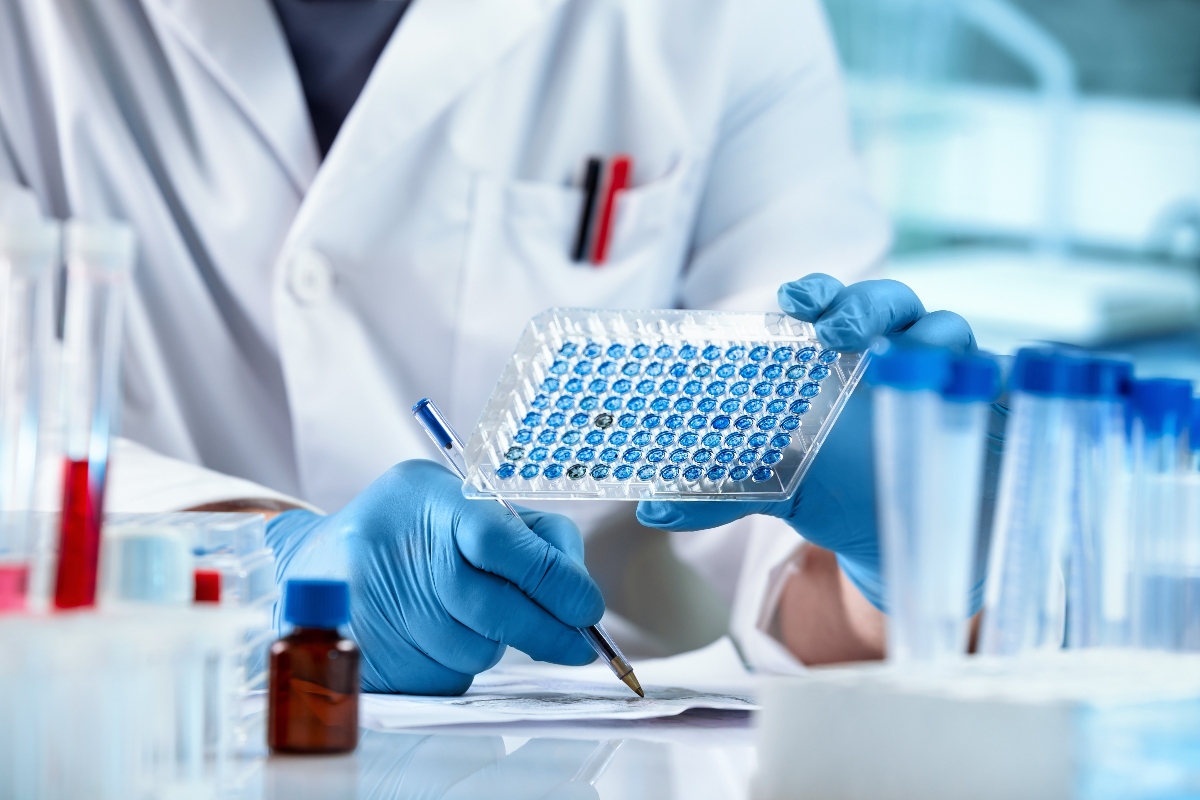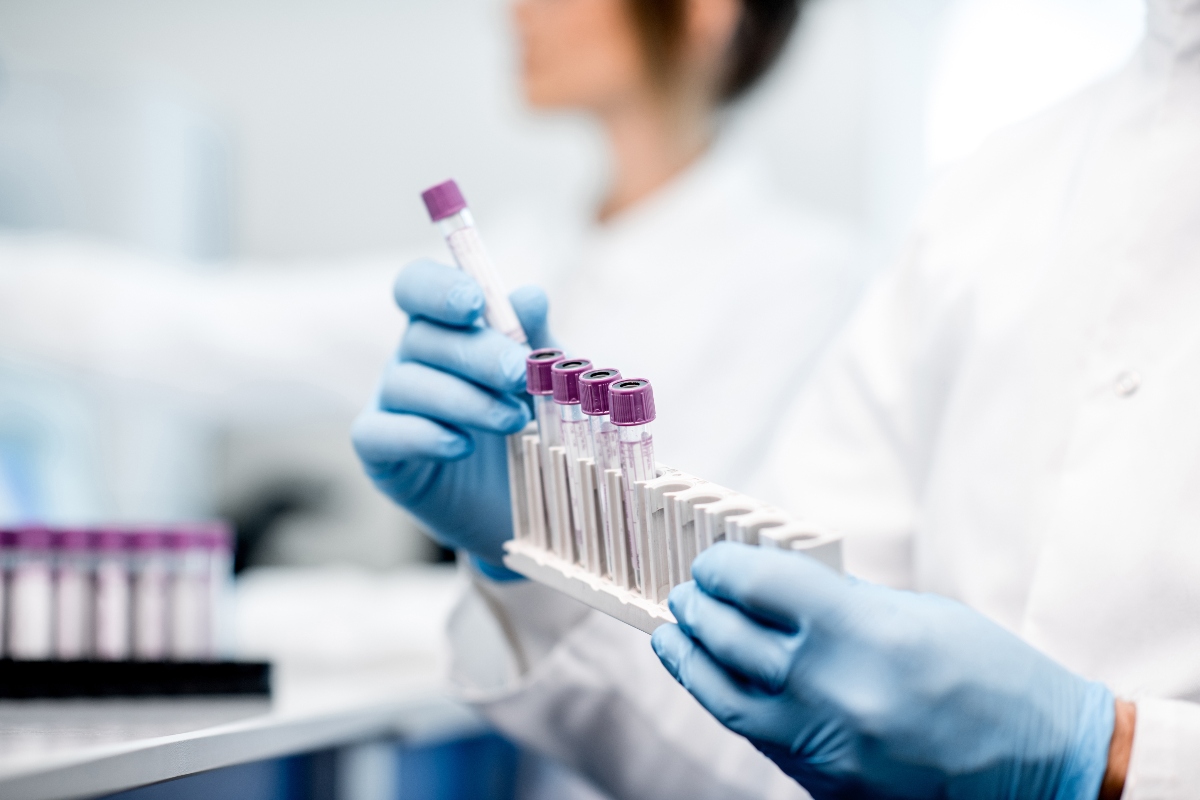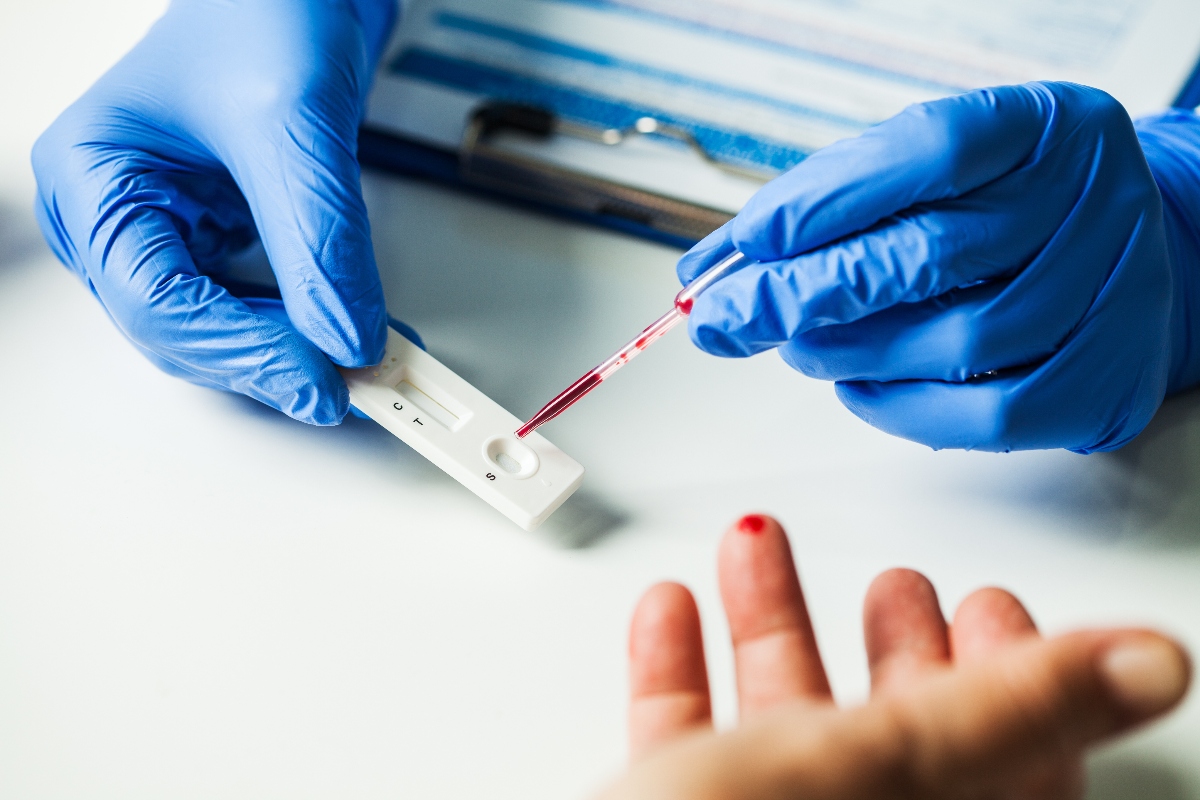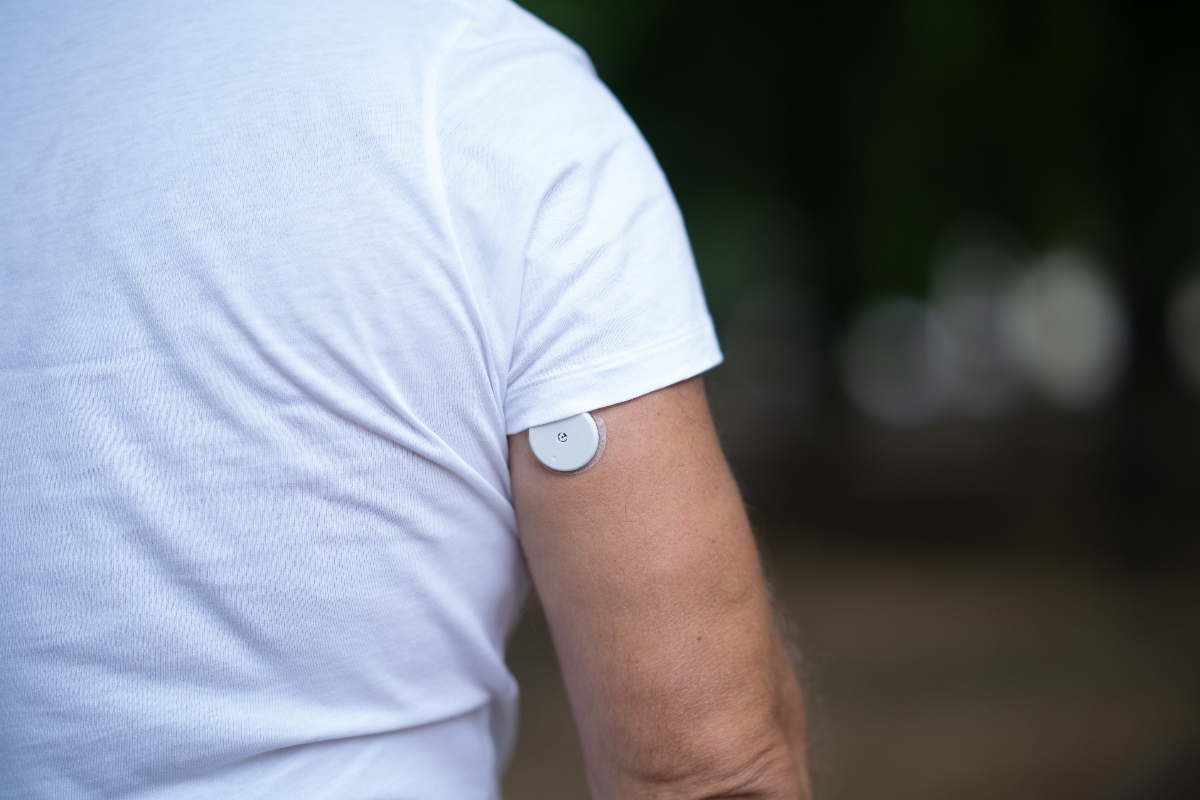 What is an ELISA test? Can it be digitalised?"
class="w-full h-full object-cover"
/>
What is an ELISA test? Can it be digitalised?"
class="w-full h-full object-cover"
/>
What is an ELISA test? Can it be digitalised?
Enzyme-linked immunosorbent assay (ELISA) is a foundational analytical technique in biomedical and human diagnostics. It is employed extensively for the detection and quantification of proteins, hormones, antibodies and cytokines. Since its development in the 1970s, ELISA has been responsible for countless assays due to its specificity, adaptability and relatively straightforward implementation within controlled laboratory environments.
However, the demand for decentralised, point-of-care (POC) diagnostics in both clinical and non-clinical settings has led to the scrutiny of traditional ELISA methodologies. Questions around the viability of digitalising ELISA (particularly through electrochemical platforms) are being met with alternatives that take minutes to perform assays rather than hours.
As demand shifts toward real-time, on-site molecular diagnostics, attention is increasingly turning to electrochemical platforms that offer the precision of ELISA with the speed and portability modern workflows require.
The ELISA workflow and its limitations with accessibility
The Enzyme-Linked Immunosorbent Assay (ELISA) is a widely used analytical technique for detecting and quantifying soluble targets such as proteins, peptides, hormones and cytokines. It works by coupling antigen–antibody recognition with enzyme-mediated signal amplification and optical detection.
- Antigen or antibody is immobilised on a solid surface (typically a microplate).
- A target molecule (e.g., protein, hormone, cytokine) binds to that capture molecule.
- A secondary antibody linked to an enzyme (e.g., horseradish peroxidase) binds to the target.
- A substrate is added that reacts with the enzyme to produce a signal.
- Colour change → measured by absorbance (colorimetric)
- Fluorescence emission → measured with a fluorometer
- Light emission → measured via luminometry (chemiluminescence)
ELISA tests are analytically robust and have been used extensively, but they also present several well documented limitations. Their workflows are time-intensive, often requiring multiple binding, washing and incubation steps that stretch assay times to several hours. ELISA tests also require skilled technicians to manage protocol complexity tied to factors like timing and temperature control. Additionally, these tests require bulky infrastructure like microplate readers and temperature controlled incubators. All of these factors combined make ELISA tests largely inaccessible out of centralised labs and almost impossible to digitise.
Electrochemical biosensors as a promising alternative
The limitations of ELISA tests have led to a growing interest in digital alternatives that provide faster, scalable and decentralised testing options. Among these digital alternatives, electrochemical biosensors have gained significant attention. These systems translate biochemical binding events into electrical signals, enabling label-free or signal-amplified detection without the need for optical components.A critical component of electrochemical biosensors is the electrode material, which acts as the transduction interface. Materials like graphene and carbon nanotubes (CNTs) have been widely explored due to their conductivity, surface-area-to-volume ratio and biocompatibility. Graphene-based electrodes in particular have enabled impressive improvements in analytical sensitivity and miniaturisation.
However, despite these advantages, graphene-based sensors face persistent limitations that prevent them from replacing ELISA at scale.
- Covalent functionalisation (to attach antibodies or enzymes) often disrupts the electronic structure of graphene, reducing its conductivity and sensor performance.
- Material uniformity and batch-to-batch reproducibility remain a challenge in commercial production, especially for large-area, high-throughput electrode fabrication.
- Integration with fluidics and sensor stability under repeated use are not yet reliably solved in off-the-shelf formats.
How new carbon nanomaterials are bridging the gap
Emerging next-generation carbon nanomaterials have been developed to bridge the gap between the lab-scale performance of graphene and the real-world requirements of scalable diagnostics. These new materials retain and exceed the desirable electrochemical properties of graphene but overcome key challenges in manufacturing and functionalisation.
By avoiding covalent modification and instead leveraging π–π stacking interactions (e.g., using pyrene derivatives), these materials maintain the structural integrity of the carbon lattice while enabling stable and efficient biorecognition element attachment. This supports label-free detection and rapid electron transfer, even in complex biological fluids like saliva, serum and plasma. On top of that, these new carbon nanomaterials provide a number of additional benefits.
- Rapid assay times, with impedance or current-based readouts achieved in as little as 10 minutes.
- Ultra-low limits of detection (often in the fg/mL range), rivaling or surpassing laboratory-grade ELISA kits.
- Scalability and printability, using ambient-temperature, catalyst-free production methods
- Cost-efficiency, due to simplified fabrication and low material overhead.
- Anti-fouling behaviour, which improves signal fidelity in complex samples.
These properties make them uniquely suited for integration into disposable, digital biosensor platforms offering laboratory-grade analytical power in a portable, point-of-care-compatible format.
ELISA-level performance without the lab
ELISA is still considered a laboratory gold standard, but its limitations in decentralised settings are clear. Electrochemical biosensors present a faster and scalable alternative, but only when built on materials that overcome the challenges of functionalisation and scalability
Gii is that material. Engineered for performance in complex fluids, Gii offers ultra-low detection limits, extremely fast assays and anti-fouling behaviour, all in a format that’s scalable, sustainable and cost-effective.
For teams developing the next generation of digital diagnostics, Gii provides a practical path to ELISA-grade performance without waiting days for results. Download our guide to learn about the different materials available for biosensor development, including Gii.



